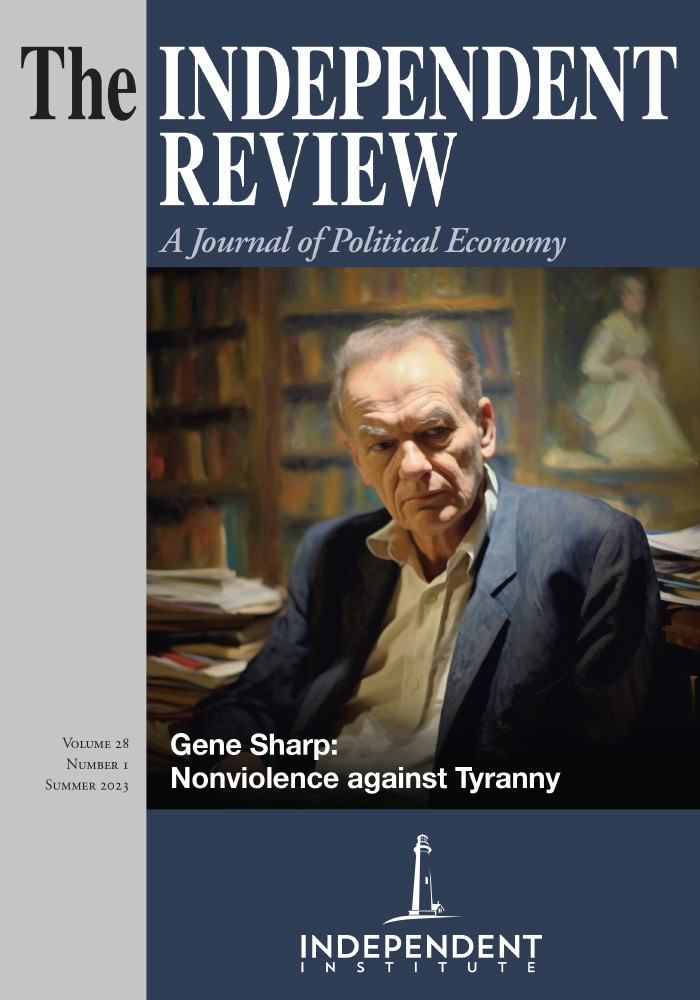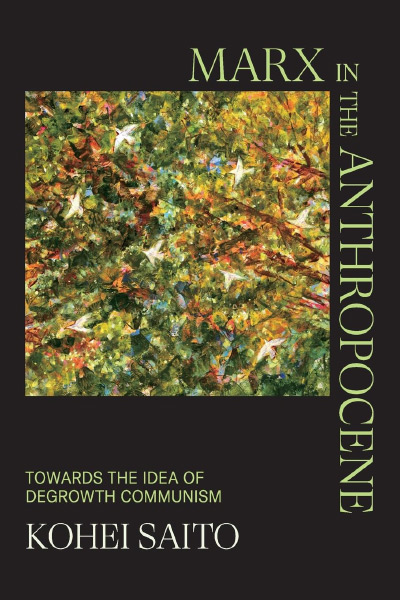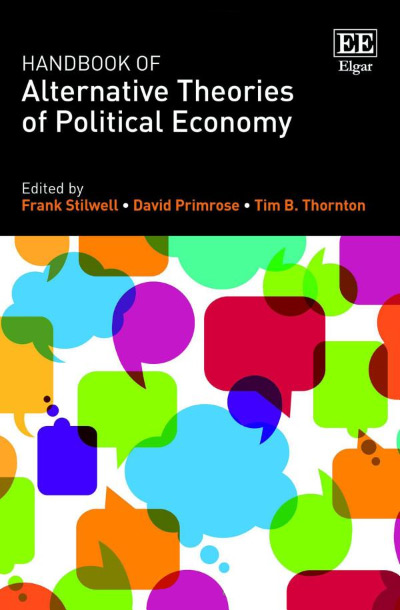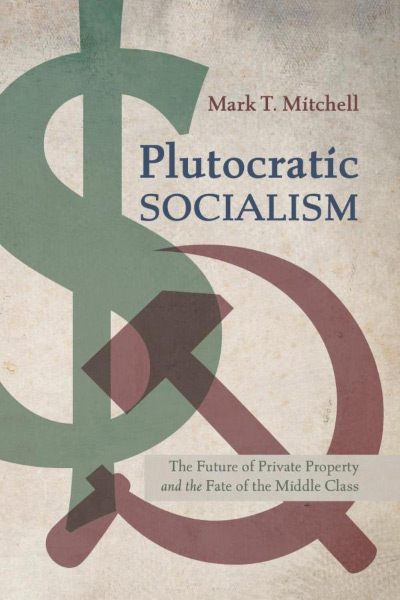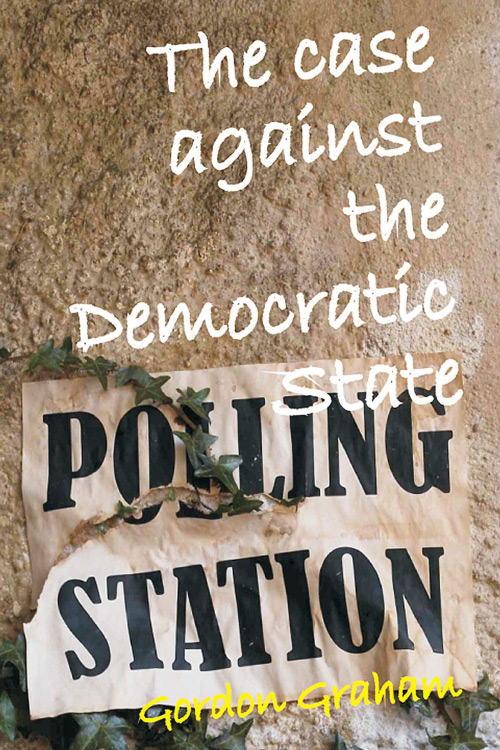Aligică and Preda start with a conceptual and theoretical analysis of propaganda and indoctrination (part I, two chapters), which allows them to dissect the Romanian communist experience (part II, three chapters). The implications of their work are further clarified in the third part of the book (two chapters).
In the first chapter (Ideocracy, Totalitarianism and the “New Man”), the authors borrow the term “ideocracy” from Peter Bernholz in its original meaning, a class of systems in which the ideological factor is institutionalized as the supreme principle of government. These systems are not necessarily totalitarian but can evolve in that direction if the power of the state is subordinated to that ideology.
Building on Tjalling Koopmans and John Michael Montias’s framework used in comparative economic systems analysis, Aligică and Preda add what they consider an essential but neglected element: the model of man. This is understood as a stylized version of a social actor, with specific behavior, motivation, and social action. Thanks to this addition, “it becomes more evident why, in the end, all plans for radical change (i.e., Communist, Socialist, totalitarian) move very fast from ideas about social order and institutions (institutional design) to concentrate almost instinctively and obsessively on the problem of indoctrination, mindsets, and the creation of a ‘New Man’” (p. 9).
While the examples of totalitarian regimes are well known, the frontier between them and democracies is not always easy to draw. One reason is that some totalitarians consider themselves as vectors of (a new/true form of) democracy and use the democratic parlance. Another reason is that totalitarian tendencies can manifest even in organizations, systems or regimes long before they fall completely under the handbook definition of a totalitarian regime.
The second chapter (The Functions and Logic of the Indoctrination and Propaganda Institutions) is focused on one specific totalitarian system—the communist regimes. It illustrates the direct link between the objectives of communism as a doctrine (creating a new society), the necessary conditions of its achievement (a new man), and the unavoidable practical means to transform the reality according to ideological requirements (indoctrination). To have any chance of success, this process of indoctrination must start as early as possible in life (childhood), continue during the whole life of the citizens-subjects and prevent any interference of contradicting information (from the West, from the past, from other members of the society).
The third chapter is dedicated to indoctrination and propaganda in communist Romania. The constant terror present under communist regimes explains their survival. However, no regime can survive only through terror. It must claim a certain legitimacy; it must deliver something for the people. Propaganda helps to build that legitimacy targeting all the population, since the earliest age (kindergarten). Aligică and Preda explain the organizational details of the propaganda apparatus, the division and specialization of labor that made this essential activity one of the most effective in communist regimes in general and the Romanian one in particular.
The fourth chapter is focused on the ideological worker, the central agent of the propaganda machinery. The ideological worker was also the “steering wheel,” by which the communist leadership could communicate the “party line” and control the administration, the economy, the army, and the police. Different political and economic stages meant different propaganda needs. The “ideological commissars” from the beginning turned “propagandists” and were followed by “ideological workers.” All these specialized workers and other important party members received a formal education in dedicated schools, with careful entry selection and extensive monitoring.
A regime’s failure to satisfy some of the most basic needs of the population made the work of ideological workers more and more difficult. The difference between reality and propaganda became an endless source of jokes. According to Aligică and Preda, despite all its efforts, the “Romanian system of indoctrination and propaganda failed to achieve any of its functions: neither . . . shaping the ‘new men and women,’ nor [ensuring] regime survival” (p. 89). However, they admit that “there were many Romanians whose mindsets were affected by indoctrination, sometimes in ways that they were not even fully aware of” (p. 89). This fact explains in a great measure the evolution of Romania’s transition after 1989.
Chapter 5 (The Ideological Turn in Higher Education) analyses the specific efforts of the Communist Party to ideologically control the education process of young generations. These efforts started right after the inauguration of the communist regime. They had various forms and degrees of enforcement, but they were always central to the strategy of the regime. This indirect admittance that ideas rule the world is ironic for a regime founded on a materialist-dialectic basis.
As a side note, the reader would also understand that the so-called “liberalization” of the regime (1964–1971) was at most only relative to the previous brutality and subsequent absurdity. The indoctrination process never stopped, “the revolutionary vigilance” was always there, the Party was always watching. However, at that time, many local intellectuals, and the general public—not to mention foreign analysts—were tricked. Actually, that period corresponds to the shift of the propaganda emphasis from agitation and control (the 1950s) to its socializing and educational roles (mid-1960s).
The authors illustrate that the indoctrination process was permanent and totally supported by the party’s leadership and by the security apparatus. Yet, it was “never fully successful, even by the self-congratulatory standards used by the agents and leaders of the Communist Party” (p. 117).
For them, “the most important insight [of the Romanian experience] is how difficult it is to implement and maintain a program of indoctrination geared toward social change, even when one controls the entire apparatus of the modern state and ruthlessly runs into totalitarian principle” (p. 117).
In Chapter 6 (A Failure of Institutionalization: A Key Insight for the Case Study and Challenges for its External Validity), Aligică and Preda make explicit their use of Philip Selznick’s organizational sociology approach in understanding the Romanian communist experience. The Communist Party, as an organization, started with formal rules and objectives to follow, but over time, a process of “institutionalization” gained momentum. This meant that, although the members of the organization had individual identities and personal preferences, their actions were progressively generating and following informal rules. Institutionalization can evolve in two opposite directions: either aligned with the goals of the formal organization or in opposition to them.
The backbone of the propaganda apparatus—the ideological workers—was a special social group created by the communist regime and totally dependent on it, but the regime itself depended on them, in a symbiotic way.
The authors make the case that the ideological workers were completely subordinated to party leadership. Their privileges were rather limited and relative only to the general population, while they were working in increasingly difficult conditions. Aligică and Preda mention twice the fact that the life and the role of the propaganda worker a “nexus of control and monitoring” (pp. 138, 139).
In time, the ratio between cost and benefits worsened, as the gap between propaganda and reality became more obvious. The ideological workers’ faith in communist propaganda and even ideals faded away. “It is most telling that this failure of the regime was in relation to one of its core groups, a social category that was supposed to be essential for its ideocratic and totalitarian designs” (p. 137). And the authors explain that “the reason was not accidental or contextual. It was structural: a culture of control, surveillance, suspicion, double talk, and manipulation” (p. 141).
The last chapter suggests new research directions in the study of indoctrination and its institutionalization, such as a deeper quantitative and qualitative analysis of the Romanian communist regime’s archives, or similar research of other totalitarian regimes like those in Central and Eastern Europe. The analytical process can be made more complex by incorporating the Institutional Analysis Development Framework of Elinor Ostrom and Timur Kuran’s work on preference falsification.
Some of the details and subtilities of the indoctrination process exposed by Aligică and Preda might be already known to a public not exposed to the communist experience. Some could be surprising. To a reader who lived in those times, the description of the communist indoctrination process is as accurate as possible. The book provides a balanced combination of theoretical background and empirical reasoning that helps provide a better understanding of the experience of Romanian institutionalized indoctrination. It also fulfills the authors’ promise to provide a theoretical framework that can be generalized to other similar experiences, mostly in Central and Eastern Europe.
The book stimulates the reader to follow the authors’ suggestion to identify the ingredients of indoctrination or totalitarian thinking “not only in systemic, national-level (state-level) regimes but also in more localized and personalized organizational or sectorial forms, within various social and historical circumstances” (p. 154).
With a rather pessimistic tone, the authors share their concerns about recent trends in technology and policy: “A striking question is whether the presence of any of the traits associated with ideocracy in a liberal democratic (or simply nonauthoritarian) system denotes the existence of a potential trend toward totalitarianism” (p. 153). At least one reader wonders if the authors would include among those traits some the most extreme positions of political environmentalism and their impact on the recent European Green Deal.

